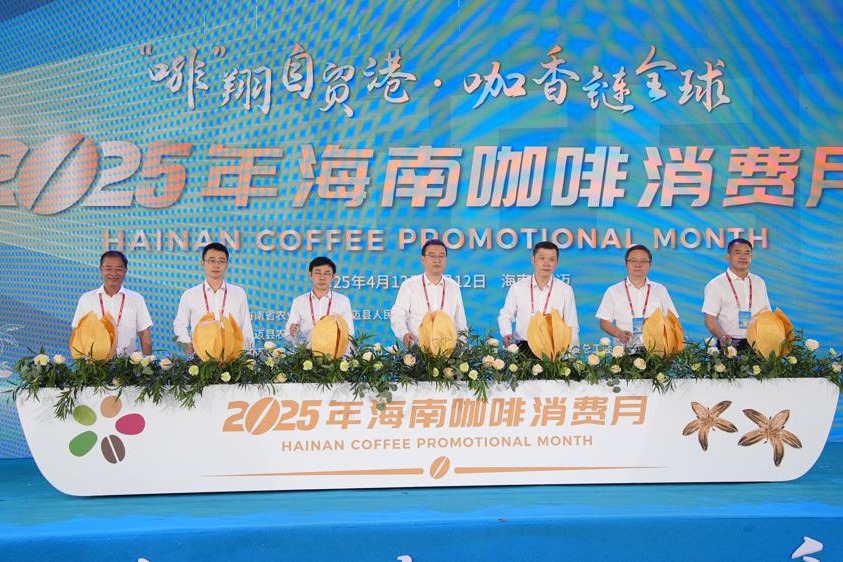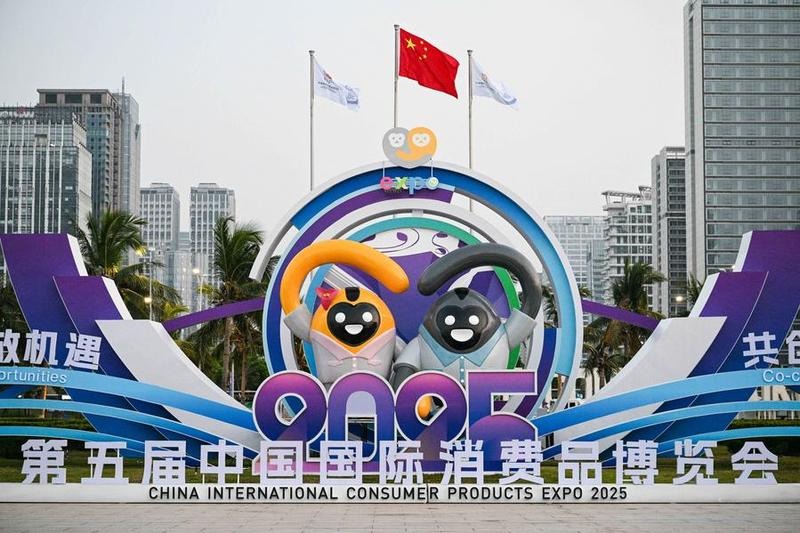Chinese firms unfazed by tariff challenge


On April 8, the United States government announced a steep increase in "reciprocal tariffs" on imports from China — raising them to 84 percent — and followed the move with additional measures, pushing tariffs on Chinese goods as high as 245 percent. These aggressive and unilateral moves mark a turning point in globalization, adding uncertainty to the global economy, raising costs for market entry and fueling trade tensions.
Initially, the tariff hikes indeed posed serious challenges for some Chinese exporters, causing declining orders and shrinking profit margins. However, Chinese enterprises responded swiftly.
By boosting investment in research and development and upgrading their product lines, numerous firms have begun to successfully move up the value chain, making their exports less price-sensitive. Meanwhile, companies have expanded into emerging markets, especially those participated in the Belt and Road Initiative, thereby reducing dependence on the US market.
Ironically, while US tariffs seek to exert pressure on China, they have backfired domestically. US consumers now face rising prices, companies grapple with higher import costs and disrupted supply chains, and the overall economy is suffering. The intended effects of the tariff war have not materialized. Instead, the marginal utility of such tariffs continues to decline. Even if Washington insists on escalating the tariff game, such actions are increasingly symbolic and largely ineffective.
In response to ongoing tariff shocks, Chinese enterprises need to move beyond short-term mitigation and embrace long-term strategic transformation through measures such as cost control and compliance, innovation-driven growth, market diversification and supply chain restructuring. These strategies allow firms not only to withstand external pressure, but also to turn challenges into opportunities for structural upgrading.
One core strategy has been refining internal operations to manage cost and compliance pressures. Through digital transformation and cost management, companies can trim non-essential expenditures, optimize logistics and inventory, and enhance adaptive capabilities.
For example, Japanese automakers in the 1980s, facing heavy tariffs in the US, adopted lean production methods to reduce waste and drive efficiency. Likewise, since 2018, Chinese security technology firms have responded to tariff pressures by streamlining organizational structures, improving supply chain efficiency, reducing inventories and accelerating capital turnover — thus maintaining market competitiveness.
Notably, despite broad-based US tariffs affecting multiple countries, Chinese firms have retained a relative competitive edge in the US market.
Second, the key focus is innovation. Sustained innovation remains central to Chinese companies' ability to command premium pricing in international markets. Numerous studies indicate that China's exporters have demonstrated remarkable resilience in the face of tariffs. Drawing lessons from Japanese giants like Sony and Panasonic in the 1980s — who thrived amid protectionist environments by prioritizing R&D — Chinese firms are now accelerating their push toward smart, green technologies. By aligning with global trends of digital and intelligent industrial transformation, firms can enhance product value and reduce reliance on low-cost exports. "Quality over quantity" is becoming the new paradigm for mitigating tariff shocks.
Additionally, diversification of export markets is also critical. Reducing overreliance on any single market — particularly the US — is crucial. By entering new and emerging markets, Chinese companies can unlock fresh growth opportunities. Small and medium-sized enterprises and light manufacturers are finding footholds in ASEAN, Latin America, the Middle East and Africa. Leveraging consumer data analytics, artificial intelligence and machine learning, firms can adapt products to local preferences and fine-tune marketing strategies. Diversified product designs, intelligent forecasting and cloud-based solutions help improve supply-demand matching and reduce market information asymmetry, powering China's digital-first approach to international expansion.
Moreover, supply chains are undergoing strategic restructuring. To counteract trade barriers, many companies are reconfiguring their global supply chains through regional substitution strategies. This is not a new approach. In the 1930s, companies like General Electric and Coca-Cola responded to global tariff wars by localizing production and setting up overseas operations. Japanese carmakers in the 1980s shifted significant production to North America to mitigate US trade restrictions. Today, Chinese companies are leveraging the country's massive manufacturing base and integrated industrial ecosystem to isolate risks and manage costs through strategic overseas investment and supply chain localization.
In sum, heightened tariffs and economic uncertainty demand a forward-looking, resilient approach. Chinese enterprises must remain committed to openness and innovation, seizing this moment not merely as a challenge but as an inflection point. By shifting from passive defense to proactive global strategy, China's corporate sector can emerge stronger and more globally integrated.
The writer is director of the International Trade Division, Institute of World Economics and Politics, Chinese Academy of Social Sciences.
The views do not necessarily reflect those of China Daily.




































